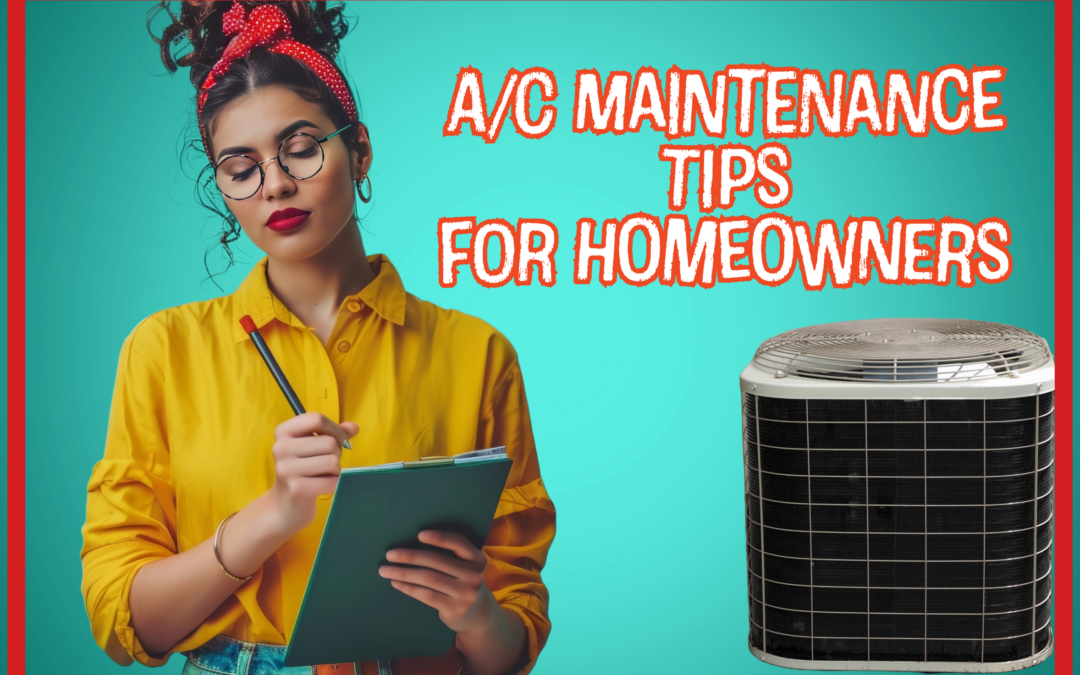For numerous residents of Ohio, the arrival of warmer days also marks the onset of the challenging allergy season. Ohio’s diverse climate and landscape contribute to a wide range of airborne irritants, triggering hay fever and other allergy-related symptoms. If you find yourself battling these inconvenient allergens, rest assured that you are not alone. Many Ohioans experience the distress of seasonal allergies. Today, let Kettering-Oakwood Heating & Air offer some valuable tips and techniques to help you protect your home and personal space from the notorious pollen, dust, and other triggers.
What Exactly Is Hay Fever?
Hay fever, medically referred to as allergic rhinitis, presents symptoms resembling those of a common cold. However, these symptoms are triggered by allergens rather than viral infections, initiating an allergic response upon exposure to indoor or outdoor irritants. The following are the associated symptoms:
1. Runny and/or stuffy nose
2. Watery eyes
3. Itchy nose, mouth, or/and throat
4. Sneezing
5. Coughing and/or puffy and swollen eyelids
Understanding the Ohio Allergen Landscape: Key Information to Consider
Understanding the culprits is the initial step in establishing a defense against them. Allergy season in Ohio primarily occurs during the spring and fall, attributed to the abundant pollination of ragweed, trees, and grasses, resulting in a significant presence of airborne pollens. Furthermore, Ohio’s distinctive geography, encompassing lakes, rivers, and vast farmlands, contributes to a combination of environmental factors that can exacerbate allergies. These range from mold spores in the damp Ohio River Valley to the dispersion of dust and grime by the wind across the flat farming country.
Fun Fact: The 1st day of spring 2024 is on March 19th.
Know the Home Solutions to Use
Please be aware that indoor allergens can be equally as powerful as outdoor ones. While it is easy to attribute watery eyes and itchy throats to fields and forests, it is important to recognize that pet dander, dust mites, and mold can be found within homes, contributing to year-round allergies. Areas such as the bedroom, living room, and kitchen can serve as potential hotspots for collecting these irritants.
1. Dusting: Establish and adhere to a weekly dusting schedule utilizing a damp cloth or a microfiber duster that effectively captures dust instead of merely displacing it. Be sure to address challenging-to-reach areas such as ceiling fan blades and shelves.
2. Vacuuming: Utilize a vacuum cleaner that is equipped with a HEPA filter to capture minuscule particles effectively. Moreover, it is recommended to vacuum high-traffic areas at least twice a week for optimal cleanliness. Additionally, remember to include upholstered furniture in your vacuuming routine.
3. Curtains and Drapes: These can serve as harbors for dust and dander. Make sure to periodically wash or vacuum curtains or drapes, and consider allowing sunlight to eliminate any moisture.
4. Washing: Regular laundering of all bedding, blankets, and bed sheets is imperative and will help to reduce the chances of allergens and particles within your home.
5. Air Filters: Maintaining a clean and efficient HVAC system is essential for managing indoor air quality (IAQ). High-efficiency air filters serve as the primary defense. You should change them every 30 to 60 days, especially during periods of heavy use.
6. Showering: For individuals with severe allergies, it is a good idea to promptly shower after spending a prolonged time outdoors. Removing any pollen or particles from your body as soon as possible is a prudent approach to minimize the risk of allergens being brought inside your home and exacerbating your symptoms.

Hay Fever impacts approximately 20% of individuals at least once in their lifetime.
Know the Professional Solutions to Use
In certain cases, relying solely on standard home remedies may not suffice, particularly when dealing with severe allergies, respiratory issues, or residing in heavily polluted areas. Furthermore, embracing modern technology can provide you with the opportunity to achieve an almost allergen-free home. Professional services and intelligent devices can deliver convenience and superior air purification performance. Here are a couple of noteworthy options to consider:
· Duct Cleaning – Duct cleanings are great options to help with allergens by reducing dust and other dormant contaminants within the home. A duct cleaning can also help with particularly humid environments. This is because when mold spores are released into the air, they are circulated throughout your home, infiltrating the air and reducing your home’s IAQ (indoor air quality. A duct cleaning can help eliminate and prevent the dispersion of mold spores and other unwanted airborne contaminants. Plus, the good news is that you only need to have your ductwork professionally cleaned very often. In fact, 3-5 years is a good rule of thumb!
· The iWave – The iWave air purifier is an advanced whole-home purification system that works with your HVAC system. It utilizes a state-of-the-art, needle-point bi-polar ionization generator, which is designed to capture and eliminate allergens, pathogens, and pollutants from your home’s air. It also helps eliminate unpleasant odors, lessen dust buildup, and creates overall healthier air quality. On top of all that, it can even help prolong the life of your HVAC system. The iWave is a low-maintenance and silent solution that works in conjunction with your existing HVAC system, ensuring every room benefits from pure air.
· A Whole-home Dehumidifier – Mold thrives in damp, warm environments, and Ohio’s summers and river valleys can provide just the climate for it to grow. A dehumidifier not only reduces moisture but can also significantly improve air quality by keeping humidity levels low. Additionally, a whole-home dehumidifier can now help decrease musty odors! Investing in a whole-home dehumidifier with the capacity to cover the square footage of your home’s most inhabited areas is a great option to consider regarding your home’s IAQ.
· A Smart Thermostat – Did you know that having a smart thermostat can aid in boosting your home’s IAQ? Many smart thermostats can monitor humidity levels and let you know if it reaches a level at which it needs attention. In addition, a smart thermostat can notify you when your HVAC air filter needs to be changed. What a great reminder to have in the hustle and bustle of everyday life!
If you are interested in adding any of these beneficial components to your home, or you would like to schedule a ductwork cleaning service, please give us a call. We’d be more than happy to help you on your journey to breathing easier within your own home!
Take control of your indoor air quality with these practical tips. You CAN take charge of your indoor environment. As we wrap up our exploration of home allergens, our goal is to empower readers with knowledge and practical solutions. Remember, a breathable, allergen-free home is within reach, and it all starts with understanding, identifying, and effectively combating these microscopic intruders.
You can breathe easy with Kettering-Oakwood Heating & Air. Call us today at (937) 502-3842, or schedule an appointment online now by clicking here!






